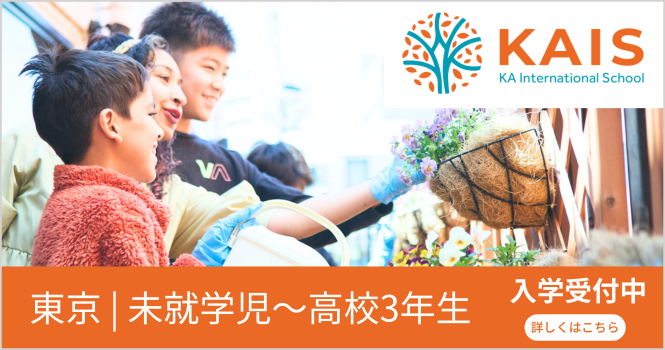2023年08月16日
How is technology embedded into learning at Canadian Academy?
Have you wondered how we integrate technology into our learning? At Canadian Academy, we see the use of technology everywhere: in Music, Design, PE classes, and more!
‘The goal of learning is inquiry, not mastery of digital tools.
The tools should be ways to express ideas as a result of the inquiry process.
It is important for the students to know how to select a suitable way for them.’
As Ms. Shigeta, the ICT Integration Specialist says, we are aware that the point of using technology in education is more about developing students’ digital literacy, understanding how and in what context to use technology, rather than teaching them how to use digital tools.
Here are some examples of the use of technology from Ms. Shigeta’s class.
She often collaborates with the class teachers and music/art teachers and incorporates Units from each class.
In elementary school’s Music class, our students practiced digital music composition.
This lesson was designed to extend the students’ learning about elements and layers of music.
The digital composition tool helped the students to visually understand how different music elements work together.
Also, the tool gave them a new way of expressing themselves through music.
Our grade 5 students learned how to edit images in their Visual Art class.
They combined elements from different photos and changed the background.
These digital skills are connected with the students’ learning about the concept of background and foreground.
While teaching this lesson, Ms. Shigeta aimed to introduce a critical perspective on media consumption.
She believes digital skills enable the students to have a perspective as creators, and makes it possible for them to think critically about digitally modified images.
Technology in Secondary School at Canadian Academy
‘How do we use technology to solve a problem? That is the point.
In Design class, we follow the Design Cycle.
It starts with Inquiry and Analysis followed by Developing Ideas, Creating the Solution and Evaluating the Results.
The technology and skills help to create the solution of authentic problems related to local and global context.’
A secondary school Design teacher, Mr. Ryszawy explains the idea behind the usage of technology at school.
An example from his Design class is the ‘Cookbook for a Specific Client’ project.
Our grade 7 students created a recipe book from scratch.
In this project, the starting point was to understand that not all cookbooks are suitable for every user.
The students analyzed the dietary needs, preferences, lifestyles, resources, skills, and backgrounds of a particular client and created a cookbook to suit their needs.
While working on this project, the students needed photography, graphic design, publishing, material processing, and many other skills.
Another example from Mr. Ryszawy’s Design class is the ‘Reimagining School Spaces’ project with our Grade 10 students.
While working on this project, the students had the opportunity to reimagine certain areas within the school.
They used their creativity and real-life experience to further enhance their CA environment by creating attractive learning and community spaces on our campus.
These are just a few examples of how we embed technology into learning at Canadian Academy, where the students develop their digital skills, and more importantly, their digital literacy.
Our students embrace a wide range of tech resources, including access to experienced teachers and cutting-edge equipment.
Inquiry
Canadian Academy
4-1 Koyo cho Naka, Higashinada-ku, Kobe 658-0032, Japan
